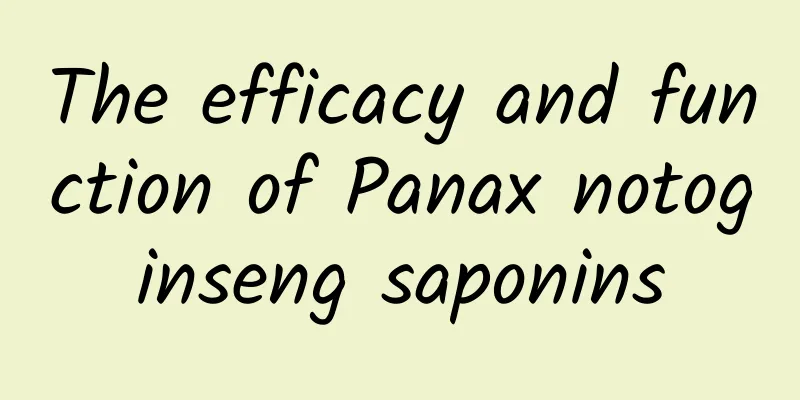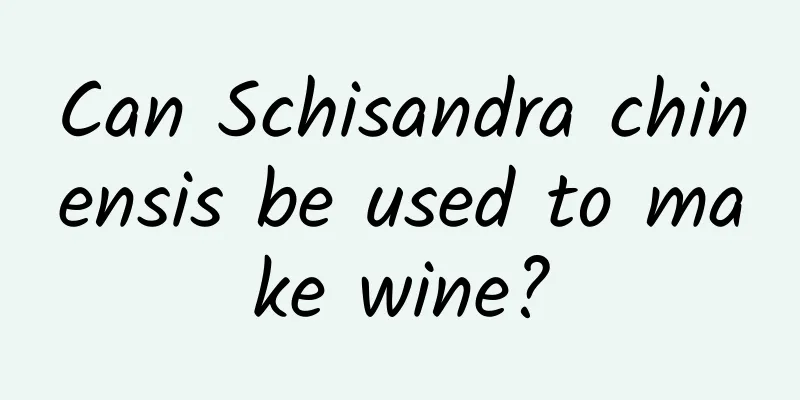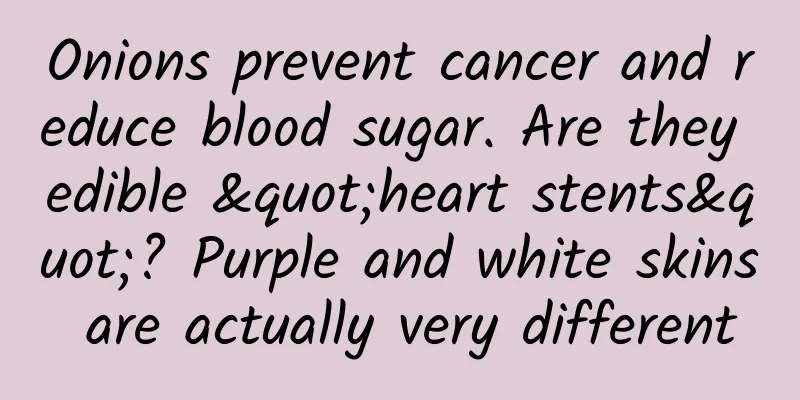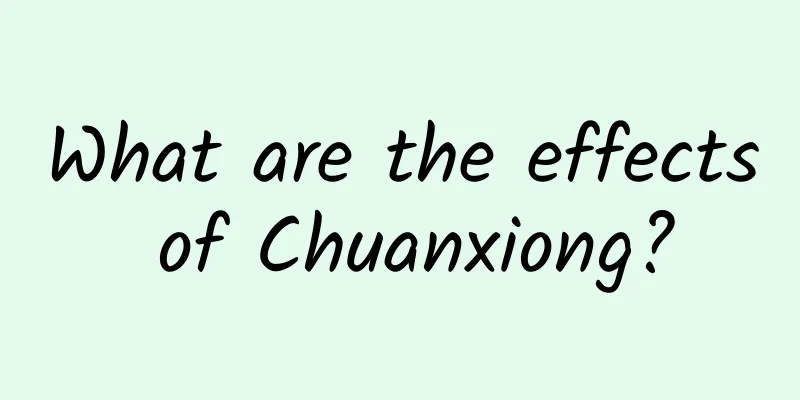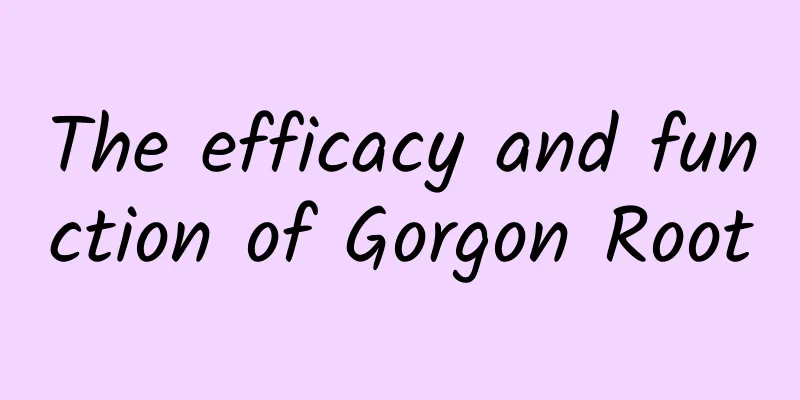Why don’t the “cherry-flavored” snacks you eat look like cherries?
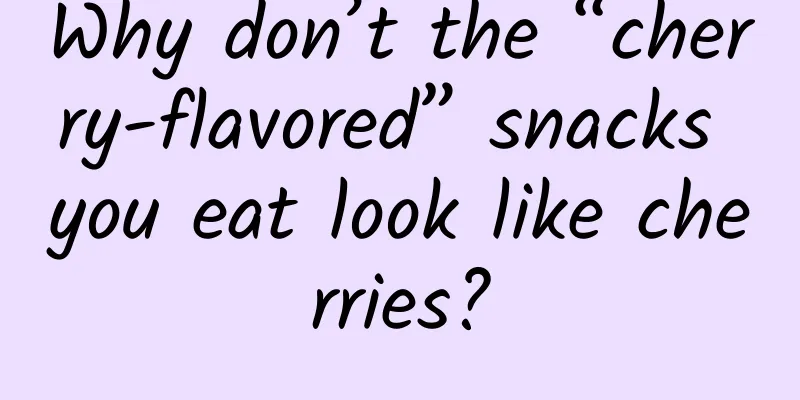
|
In daily life, if we only talk about fruit drinks, we see that most drinks have flavors such as orange, lemon, grapefruit, peach, etc. In addition to these very popular flavors, major beverage companies will also try to develop drinks with other flavors in order to satisfy the curiosity of a small number of people (actually themselves). For example, Coca-Cola once released a cherry-flavored cola. I wonder if any of you have ever tried it. This drink was first launched in the United States. At that time, many people bought a can to try it out. As a result, almost no one wanted to try a second bottle because it didn't taste like cherry at all. What does it taste like? Some people say it tastes like almond milk, some say it tastes like paint, and some say it tastes like burnt plastic... In short, thousands of words can be summed up in one sentence: It's really unpalatable... This has also caused many people to wonder: cherries are so delicious, why do they become so unpalatable when made into drinks? In fact, the problem lies in the artificial flavors added to the drinks. After all, most fruit drinks are not really made from fruit juice, but just imitate the taste of fruit through flavors. But this imitation is obviously not good enough, so much so that many people complained: It doesn’t taste like that at all! The main reason why artificial flavors don’t taste like the real thing is that the ingredients of the flavors are too simple and cannot perfectly restore the complex taste and aroma of the fruit itself. The history of artificial flavors The reason for this can be traced back to the earliest artificial flavors. In the mid-19th century, flavor chemists began to develop artificial flavors, but due to the technical conditions at the time, they could not analyze the aroma components in fruits one by one, after all, chemical analysis of aroma is quite difficult. Therefore, they could only look for molecules similar to the smell of fruits among various known compounds. Along those lines, flavor chemists discovered a compound that says, “Oh, it tastes like cherry”: benzaldehyde. This molecule is indeed a characteristic substance in natural cherries, so benzaldehyde is associated with the taste of cherries and is widely used in various cherry-flavored drinks, candies and cakes. However, although the benzaldehyde molecule does have a certain cherry flavor, it is only superficial because benzaldehyde is only one of the components of cherry flavor and cannot make the human brain recognize it as "cherry". Why do you say that? Let’s take a look at other artificial flavors, such as the “vanilla flavor” that most people can’t resist. 90% of its scent components are vanillin, which has a decisive proportion. Therefore, as soon as people smell vanillin, their brain will tell you: This is vanilla! But for cherries and even most fruits, they are made up of hundreds of different odorous substances, and no one substance dominates. Each substance accounts for a certain proportion, more or less , so artificially synthesized cherry flavor doesn’t have that taste! Now the technology is more advanced, Can't you imitate it a little more realistically? Theoretically, of course there is no problem. After all, the smell of fruits has been basically analyzed clearly. As long as it is made according to the natural proportion of cherries, it is indeed possible to get a scent that is completely consistent with natural cherries... But if we do this, how much will the cost of the drink be? Imagine that in a factory, dozens of workshops are working at the same time, and the result is just to extract dozens of ingredients from a bottle of drink. This picture is too beautiful to watch. And I am afraid that the public can't afford to drink this drink... In addition, the country also has restrictions on food additives. According to China's "Standards for the Use of Food Additives" (GB2760), there are currently 2,314 types of food additives approved for use in my country. Except for special additives such as thickeners, anti-caking agents, preservatives, etc., all others are flavors, of which there are probably more than 1,800 types. Although it seems like there are many types, there are still too few types for the huge family of scents. Therefore, most artificial fragrances cannot imitate the scent perfectly, and can only select a more prominent scent to strengthen or create a "profile" of the scent. It is conceivable that the products made in this way will definitely not have the "real taste". |
<<: Half-hour comic book on Chinese history: Mythological China (1)
Recommend
The efficacy and function of Gouer Tea
Everyone is familiar with the Gouling Gourd Tea, ...
The "Tianshan Child-like Grandma" of the Animal World: I don't want to grow up...
Produced by: Science Popularization China Author:...
The efficacy and function of June snow leaves
In today's society, health preservation seems...
What are the effects of Dendrobium officinale flowers?
The flowers of Dendrobium officinale are slightly...
Why don't goats need to go to the dentist?
Goats are creatures with sharp teeth, thin lips, ...
"Don't open" - the gift left by the inventor of the black box to mankind
Tribute to David Warren, the inventor of the &quo...
How to eat Dendrobium for the best effect
We all know that Dendrobium Officinale is a parti...
Does drinking coffee cause anemia? Here’s what you need to know about drinking coffee healthily
In recent years, when people need to refresh them...
The efficacy and function of August melon
When it comes to wax gourd, we are all familiar w...
What’s so magical about “orange peel” that is better off dried than fresh?
At the beginning of this year, the TV series &quo...
Drinking soup before meals can keep you slim and healthy? Drinking it right can help you lose weight, but drinking it wrong can lead to 4 negative effects
When the food was served, I was about to pick up ...
Exclusive Interview | Academician Cao Chunxiao of the Chinese Academy of Sciences: The story behind the successful maiden flight of the C919 mass-produced aircraft
The C919 passenger aircraft, which will soon be d...
A seriously neglected whole grain product! It can be eaten after brewing, rich in nutrition and slow in raising blood sugar
Oats are the big star among whole grains. Many pe...
The efficacy and function of Trichosanthes kirilowii
Gecko is a traditional Chinese medicinal material...
Four major trends in the online travel industry
Twenty years ago, the advent of online travel mar...
